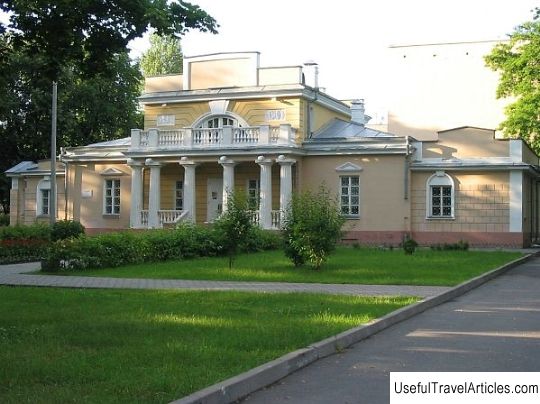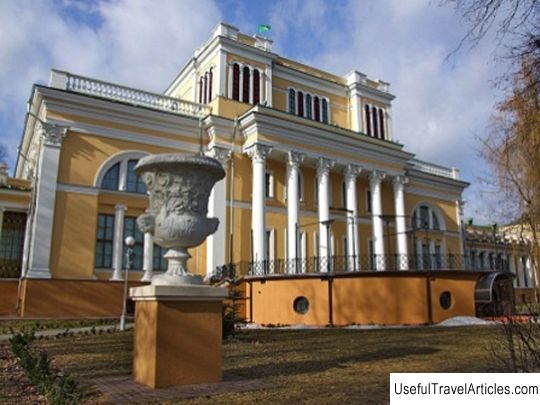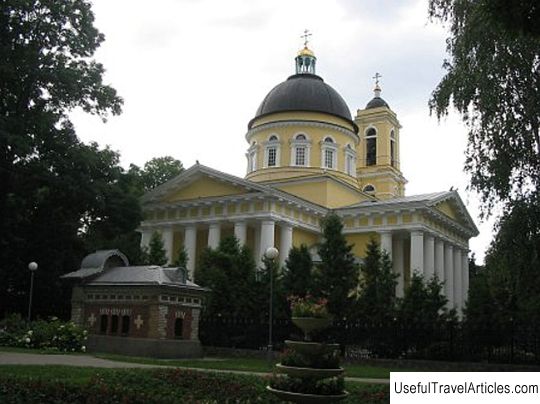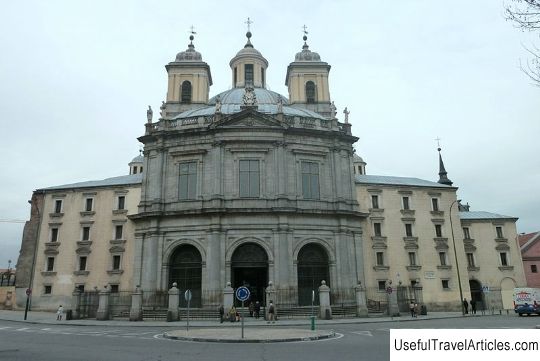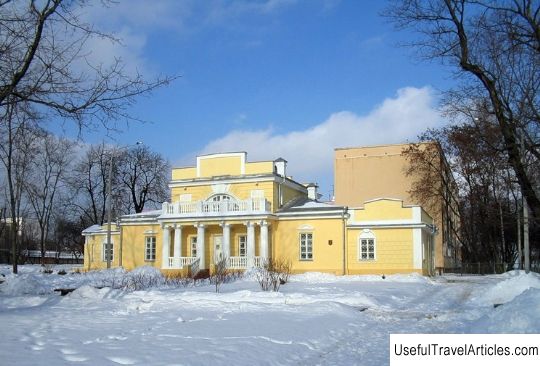Gomel palace and park ensemble description and photos - Belarus: Gomel
Rating: 8,4/10 (9540 votes) 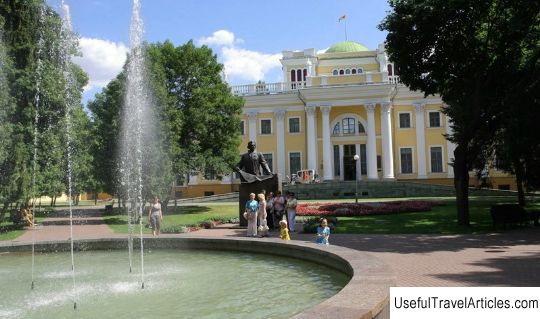
Gomel palace and park ensemble description and photos - Belarus: Gomel. Detailed information about the attraction. Description, photos and a map showing the nearest significant objects. Photo and descriptionThe Gomel palace and park ensemble was founded in 1777 by Field Marshal Count Pyotr Aleksandrovich Rumyantsev, who was awarded the “village of Gomiy” by the highest decree of Catherine II for outstanding victories in the war with Turkey. Rumyantsev founded his new dvor on the site of the old Czartoryski castle on the steep bank of the Sozh River, from where a magnificent view opened up. In view of the grandeur of the venture, several outstanding architects of that time were invited at once, who were supposed to build a magnificent castle: Ya.N. Alekseev, K.I. Blank, Yu.M. Felten, M.K. Mossepanov. The palace was built in the style of Russian classicism. After the death of Peter Alexandrovich, his palace was inherited by his son Nikolai Petrovich Rumyantsev, a prominent statesman, chancellor, a subtle connoisseur of art and a patron of the arts. He was an avid collector and collected some semblance of museum collections of painting, sculpture, and applied art. Under him, two wings were attached to the palace, which aroused general admiration. In 1834, the palace passed into the possession of another prominent military and political figure - Field Marshal General Ivan Fedorovich Paskevich. Paskevich decided to renovate and improve his palace and invited the architect Adam Idzkovsky for this. The interior of the building was redeveloped, the third floor was built on, and some outdated decorative elements were removed. A tower was built specifically for the field marshal's private quarters instead of the right wing. At the same time, a large-scale park and garden were built around the castle, to which they brought the most interesting plants from all over the world. The bed of the Gomelyuk river was transformed into the Swan Pond. After the changes, the Gomel palace and park ensemble began to be considered one of the best estates of the Russian Empire. Field Marshal's son Fyodor Ivanovich Paskevich continued his father's business. He, like his father, was an avid art collector and a generous patron of the arts. During the civil war, the palace was damaged by a fire in 1919 and subsequent sales of valuables. During the Great Patriotic War, most of the priceless exhibits of the museum, opened in 1919, were lost. Of the 7540 items, only 200 were returned from the evacuation. After the war, the museum was named a local history museum and was replenished mainly with ethnographic and natural exhibits. as well as expositions dedicated to the construction of a socialist society in Gomel. In 1999 the museum was closed for restoration. In 2003, the first exhibition in the tower was opened. Gradually, the museum halls were filled with works of art again. The Ethnographic Museum was separated into an independent organization. Today the Gomel palace and park ensemble is rightfully considered one of the largest and most interesting museums in Belarus.         We also recommend reading Church of the Assumption of the Blessed Virgin Mary description and photos - Russia - Golden Ring: Murom Topic: Gomel palace and park ensemble description and photos - Belarus: Gomel. |
